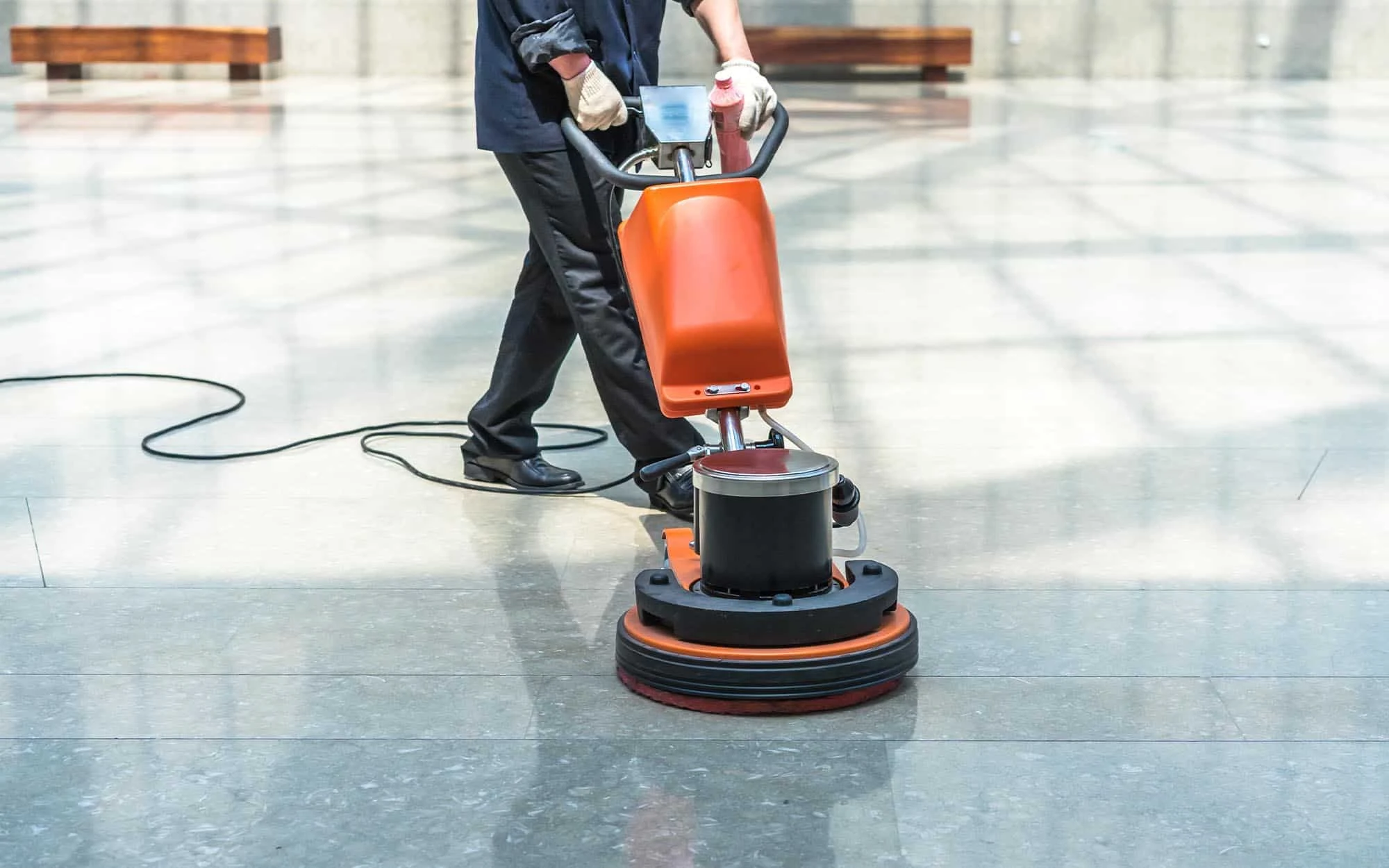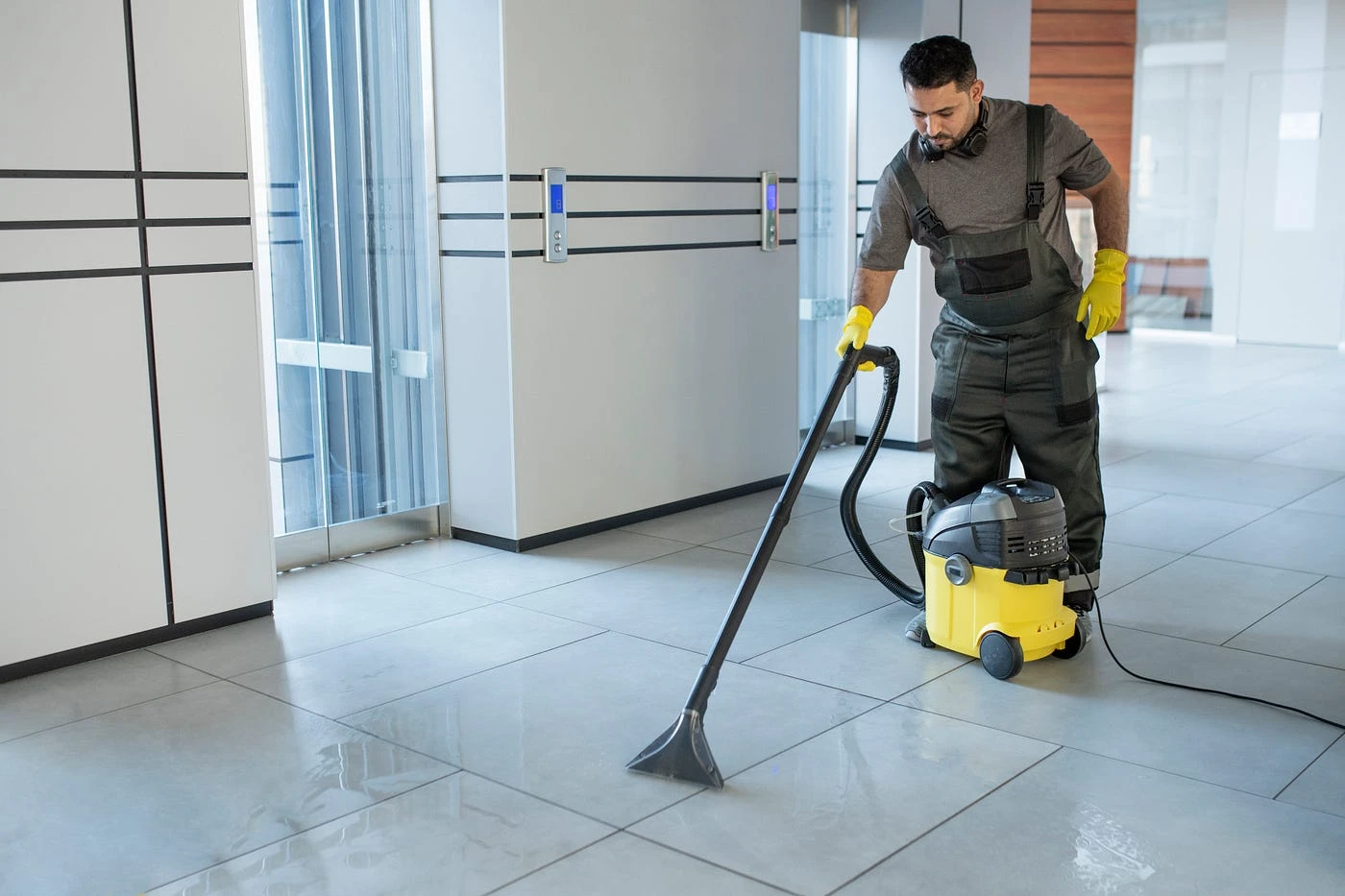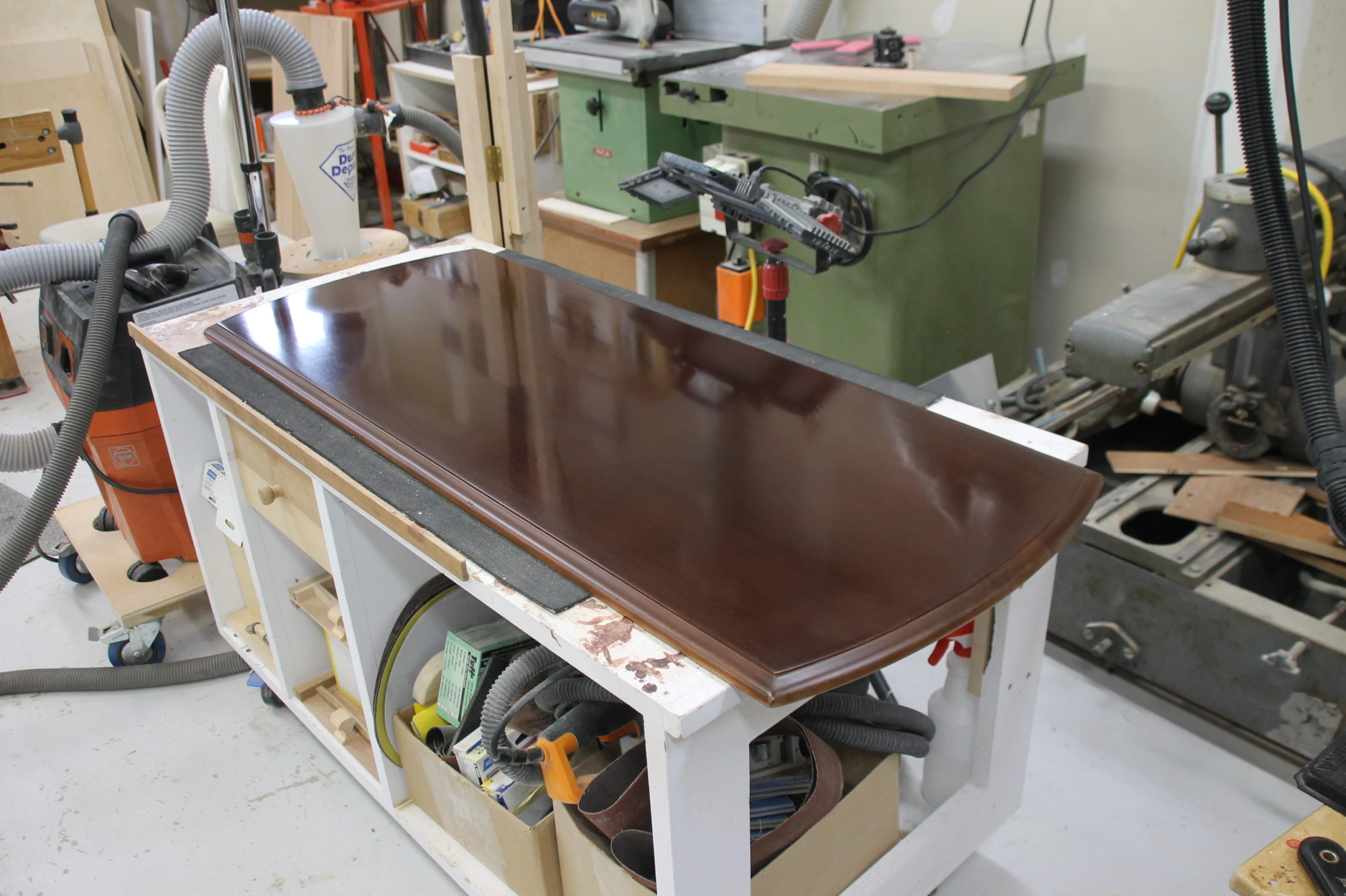Buffing and Polishing
What is the process involved in buffing and polishing surfaces
The process of buffing and polishing surfaces begins with a thorough cleaning of the area to remove dirt, dust, and any existing coatings. Once the surface is clean, the professional will assess the level of wear or damage and choose the appropriate buffing pads and polishing compounds. The buffing process involves using a machine to apply the compound and smooth out imperfections, such as scratches or dull spots.
What are the long-term benefits of regular buffing and polishing
Regular buffing and polishing offer several long-term benefits, including the preservation of the material's appearance, protection against wear and tear, and enhanced durability. By maintaining a regular schedule of buffing and polishing, you can prevent minor scratches and dulling from becoming more significant issues that require extensive restoration.
This upkeep not only keeps surfaces looking their best but also extends their lifespan, reducing the need for costly replacements or repairs. Additionally, polished surfaces are easier to clean and maintain, as the smooth finish repels dirt and grime. Whether for floors, countertops, or metal fixtures, regular buffing and polishing help maintain the value and aesthetic appeal of your surfaces over time.
FAQs
How often should I have surfaces buffed and polished?
The frequency of buffing and polishing depends on the type of surface and the level of use. High-traffic areas like floors may need polishing every 6 to 12 months, while less-used surfaces can be maintained annually or as needed.
Can all surfaces be buffed and polished?
Most surfaces, including wood, stone, metal, and concrete, can be buffed and polished. However, the specific process and materials used will vary depending on the type of surface. It’s important to consult a professional to ensure the correct method is applied.
What is the difference between buffing and polishing?
Buffing involves smoothing the surface to remove imperfections and create an even texture, while polishing adds a glossy finish that enhances the surface’s appearance and provides protection. Both processes are often used together for the best results.
Is it necessary to seal surfaces after polishing?
Sealing is recommended after polishing, especially for porous materials like stone or wood. A sealant helps protect the polished surface from stains, moisture, and wear, ensuring that the finish lasts longer.
Can I buff and polish surfaces myself, or should I hire a professional?
While DIY kits are available, professional buffing and polishing are recommended for the best results, especially for large areas or delicate surfaces. Professionals have the tools and experience to achieve a flawless finish without damaging the material.







